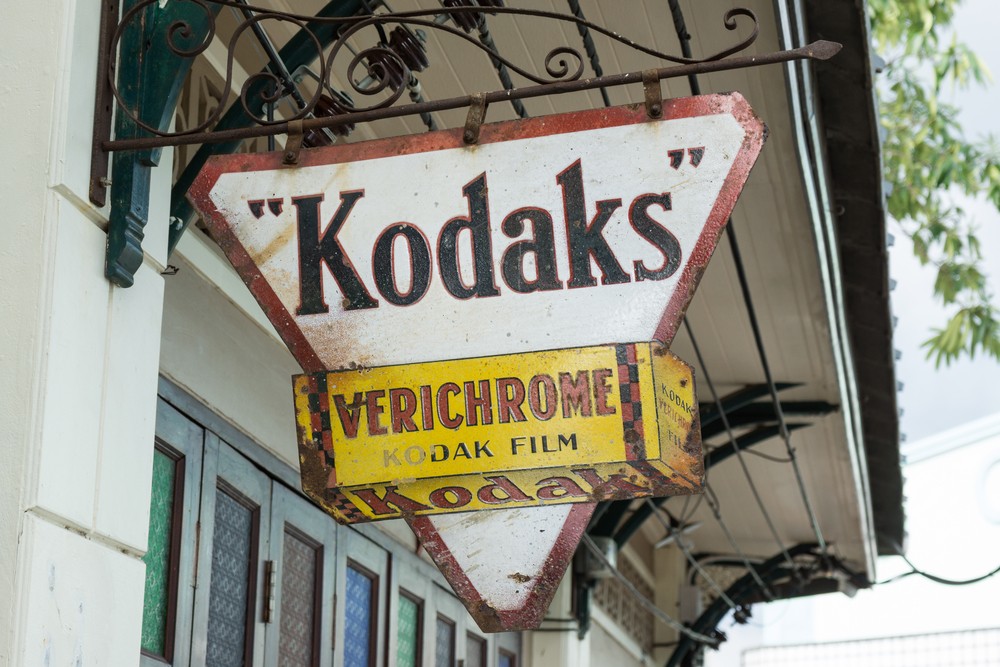What Kodak’s Pivot Teaches us About Reshoring, Opportunity, and Flexibility

Changing Times
The history of industry is filled with surprising pivots. Finnish company Nokia was a paper products manufacturer before it made cell phones. Now-iconic motorcycle manufacturer Suzuki was first known for garment manufacturing. Nintendo manufactured playing cards; now it manufacturers videogame consoles. The list goes on; and now, another brand is adding its name: Kodak.
Founded in 1888, Kodak, best known for its camera and film business, is now poised to become the United States’ premier manufacturer of active pharmaceutical ingredients for generic drugs. It’s an astounding pivot, and there are several lessons worth learning from it should Kodak find success in this new endeavor.

From cameras to generic drugs
How does a camera and film company make the pivot to a pharmaceutical manufacturer? According to Kodak CEO Jim Continenza, “the chemical business is our foundation.” Kodak has actually been an underlying player in the pharmaceutical manufacturing sector for decades as a creator of key starting materials for drug makers. The company’s pivot to manufacturing at-scale is merely the expansion of its core business operations.
There’s also the $765 million vote of confidence from the federal government to consider. The loan is contingent on Kodak reshoring processing operations, which is expected to create 360 direct jobs and 1,200 indirect jobs in the domestic manufacturing sector. It’s a move that makes sense: Americans consume 40% of the world’s supply of key starting materials through generic pharmaceuticals, yet only 10% of these materials are manufactured in the United States.
Lessons learned from the pivot
While Kodak’s transition to pharmaceutical manufacturing seems to have happened overnight — hence an unprecedented 1400% upshot in stock price — the company teaches several important lessons about the need to pivot safely.
First, Kodak’s pivot isn’t a shot in the dark — it’s a reinvestment in the company’s core business. For other manufacturers feeling the threat of irrelevancy, looking inward may be the smartest path to a pivot. What do you do well? What’s at the center of your operations? How can it be repurposed or reinvented?
Second, pivoting back to domestic manufacturing may be the future for many companies, not just the Kodaks of the industry. Domestic production goes hand-in-hand with better quality control supply chain stability, and more control over the various facets of production. Kodak is bringing home jobs because domestic production just makes sense.
Finally, companies need to have the confidence to pivot. Deviating from the norm is scary and uncertain, but it also might be necessary. Kodak is proof of concept. After 100 years manufacturing cameras and film, the company is shifting dramatically away to focus on pharmaceuticals — and it’s doing it with confidence.

Will Kodak succeed in its pivot?
Can Kodak transition from camera and film producer to generic drug maker? Only time will tell. What is certain is that the company has a running start: a ballooning stock price, government support, and a foothold in the industry it’s pivoting toward. Should the company succeed, it’s poised to be one of the greatest manufacturing success stories of all time. Right now, it may already be an inspiration to companies that know they need to pivot, but might need the courage to pull it off.
